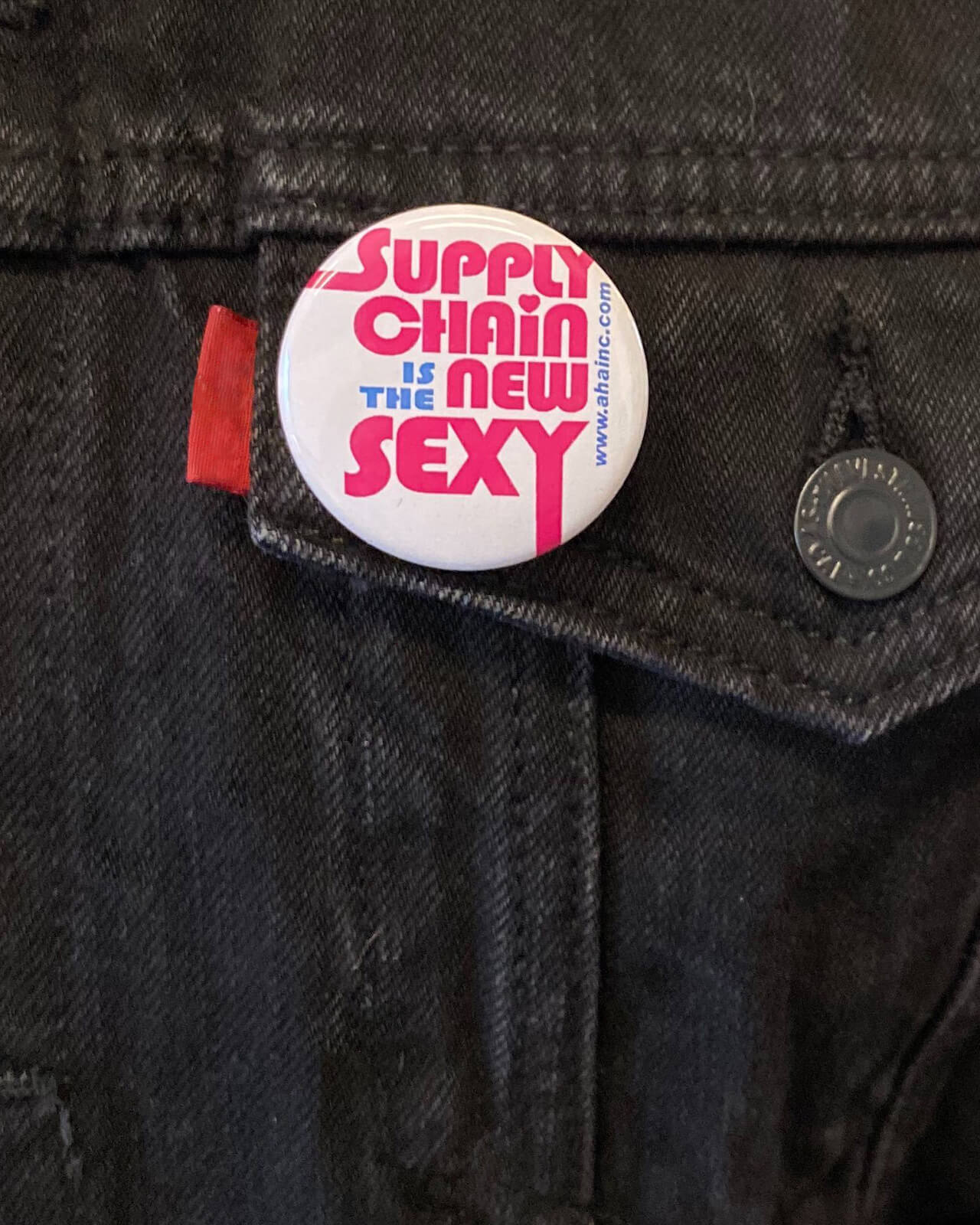It’s time to set your sustainability stories free
Senior Partner
It’s becoming more apparent with every passing day: We’re experiencing a zeitgeist of change like no other. One of the hidden blessings of a pandemic is its ability to strip away artifice and to signal where old systems are no longer working. And that includes the corporate world.
A recent JUST Capital & Harris Poll Report found that nearly nine in 10 Americans agree that this moment is an opportunity for large companies to hit reset and focus on doing right by their stakeholders. And sustainability reporting is ripe for reinvention.
Sustainability reports didn’t originate from a place of transparency. They started as shields. First for the chemical industry in the ’80s. Then for Big Tobacco. Companies that gave us our template for sustainability reporting were counting on massive amounts of data, dumped once a year, to provide cover for a variety of reputational problems.
Our world has changed dramatically in the last 40 years. Interest in sustainability is mushrooming. The flow of sustainability conversation is accelerating. Sustainability is stepping into the public spotlight. But the reporting approach of aggregating troves of information once a year hasn’t budged.
Now that a company’s fortunes are increasingly linked to its sustainability work, communicators need to find ways to unlock more value from those efforts. To push past outdated mindsets. And, as the research demands, to do right by stakeholders.
It’s time to set your sustainability communications free from the annual report format.
Trust is built in real time
Drought. Wildfires. Pandemics. Winters that feel like summers. Summers that feel like … who knows? Today’s unpredictable global influences require dynamic business responses. Sustainability communications need to be just as fluid. And while companies like Salesforce are making great strides in dashboards and data visualization, even the most current data points fall short without a narrative that tells a connected story.
Annual reporting means your audience doesn’t see progress as it happens. No matter how data rich your report, 12 months between drops feels stagnant. You risk leaving your stakeholders with an impression of apathy rather than transparency and leadership. More frequency can be invaluable to building meaningful brand and company trust.
More interest, less interesting
Right now, we’re primed for a new way forward. Research confirms rapidly rising interest in sustainability with every demographic. For millennials, sustainability is vital: 90% use it as a lens for shopping, two-thirds say they would reject a job offer from a company without a strong sustainability program, and a staggering 95% are interested in sustainable investing.
While February 2020 might already feel like a lifetime ago, Larry Fink’s most recent annual letter to CEOs still rings true. In it, the CEO of BlackRock maintains that climate risk is investment risk: “We believe that all investors, along with regulators, insurers, and the public, need a clearer picture of how companies are managing sustainability-related questions.”
So, although nearly nine out of 10 Fortune 500 companies issue annual sustainability reports, increased reporting doesn’t mean increased reading. The dull-but-worthy documents please traditional audiences of sustainability professionals. But to curious nonexperts, they’re inaccessible. To satisfy both, we need a new approach.
It’s not your sustainability report—it’s your sustainability story
What do we do instead? How do we reframe the sustainability report to better serve new audiences and circumstances?
Reinvent it.
Bust sustainability stories out of the confines of an annual report, and put them where people can find them. It will elevate the stories’ visibility and extend their value to build broader, deeper engagement throughout the year.
By sharing them with greater frequency, your sustainability stories can shift from an accounting of your past to a conversation about your future. They can increase perceived and actual transparency and boost cultural relevancy as you stay responsive to news and current events. Because, while sustainability metrics represent a single point in time, your sustainability journey—and that of the world—is in constant motion.
When stories lead, craft matters
Sustainability’s new, more diverse and more media-savvy audiences expect to be engaged. They require content that is more compelling than the traditional reporting format was ever designed for.
Great stories have strong narrative arcs that put people first. They do more than present data—they bring it to life. With ambitions, challenges, tension, transformation and commitment. Context makes data real.
Finding the right medium for your audience also matters. As you view your options with fresh eyes, ask yourself: What channels can be used to extend my reach? What types of content would be more memorable with a different storytelling vehicle? Could a video or an infographic tell the story better than an article? When can written interviews become audio files? What about podcasts?
None of this is easy. It’s hard to break old habits. But sustainability is in the spotlight now. The time to shift the way we talk about it is also now. People want to engage with sustainability more often and with passion. If we meet that need, the future of sustainability—and the leaders it inspires—will be brighter than ever.














